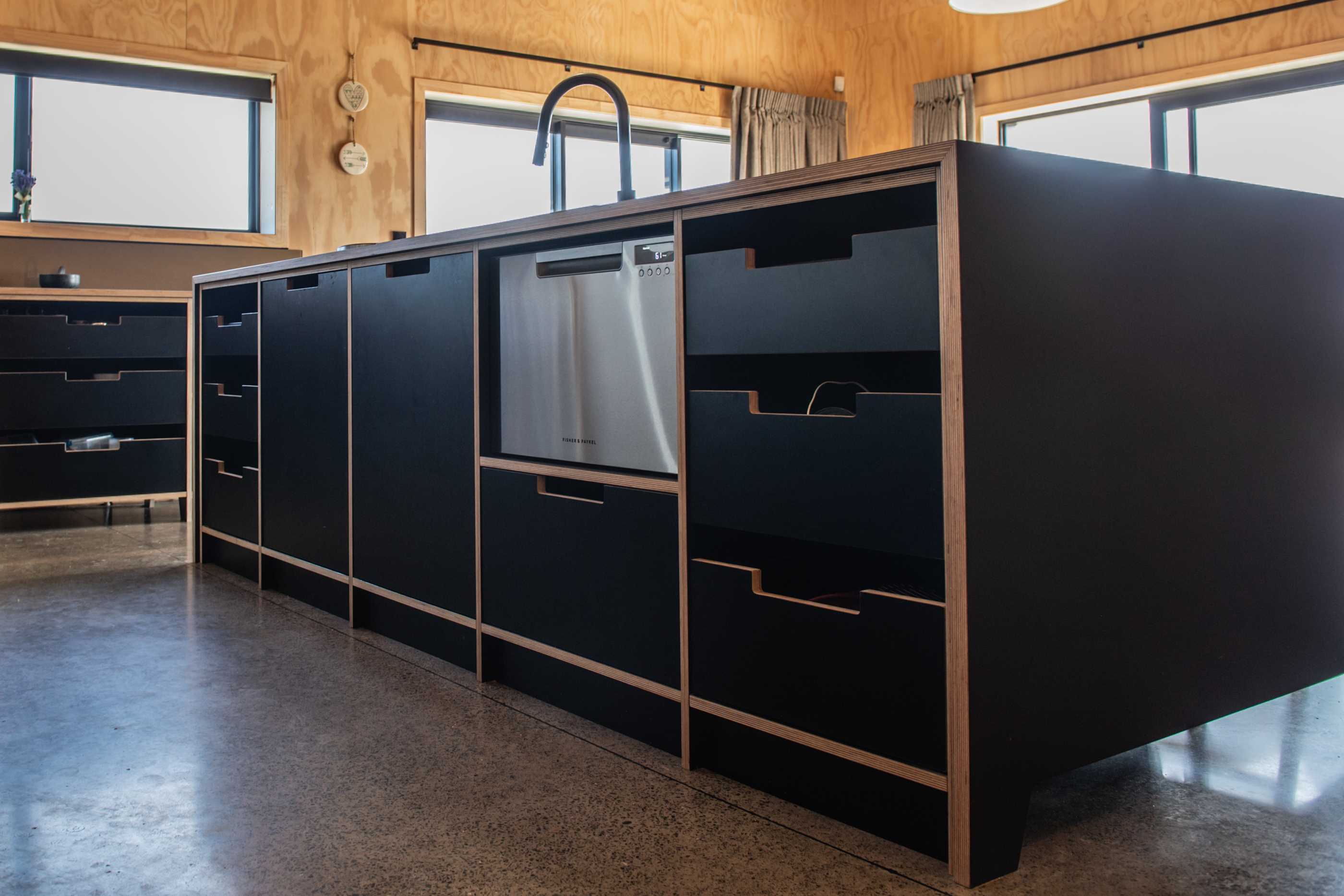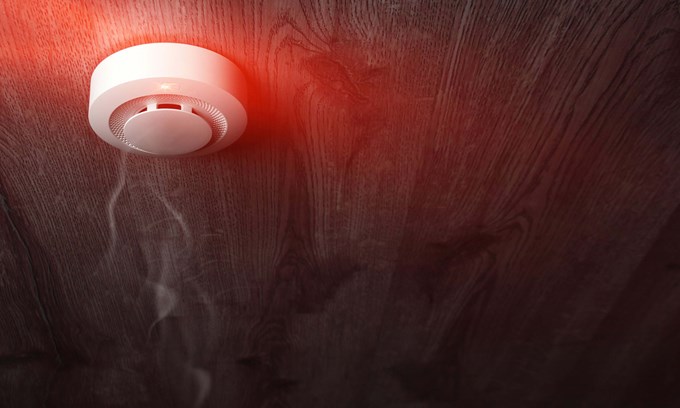Like all of us, you've no doubt been paying extra attention to hygiene and cleaning matters as the Covid-19 pandemic has spread. With everyone likely to be heading back into the workplace over the next few weeks, we thought it may be helpful to understand ways to minimise the risk of spreading viruses from cabinetry surfaces - given that's what we're in the business of producing.
To understand how to do this, a little background on how a virus protein like Covid-19 works may come in handy - without getting too sciency!
Outside of a host cell like the human body, the only thing protecting a virus protein molecule is a thin outer layer of fat. Without this surrounding fat, the virus is very fragile. To avoid the transmission of a virus from a contaminated surface to humans, the number one defence is soap and water. This is because the combination of soap, water and friction breaks the protective layer of fat.
It’s why the consistent advice to wash your hands with warm soapy water for at least 20 seconds or more is so crucial. That action breaks down and dissolves the fatty grease layer which releases the protein molecule to disperse and rapidly breakdown on its own.
For cleaning hard surfaces, soap (or dishwash detergent), used in warm water above 25°c, is the most effective. The hot water helps to melt the fat lipids and creates more foam which is also useful. Sanitisers with an alcohol content higher than 65% will also dissolve the external lipid layer of the virus.
Although a mixture of bleach diluted in water can dissolve the protein, and act as a disinfectant, we do not recommend this for our decorative surfaces as it may cause damage.
Will antibacterial and antimicrobial cleaning agents kill viruses?
No they won’t. A virus is not a living organism, but a protein molecule covered by a protective layer of lipids (fats). Since the Covid 19 virus is not a living organism, it can only survive on a surface for between 3 and 72 hours until it slowly decays on its own. The disintegration time depends on the temperature, humidity and the type of material or surface it is on. It also needs moisture to remain stable and prefers dark conditions.
What's the difference between antibacterial and antimicrobial?
The terms antibacterial and antimicrobial are often interchanged however they have very different meanings. The clue is in the name. Antibacterial products target bacteria only while antimicrobial products have a much broader scope of protection by targeting a range of micro-organisms. Many of our Prime Laminates have anti-microbial properties - and that means they do both jobs.
For example, cleansing wipes are available as both an antibacterial product or an antimicrobial product. Antibacterial wipes kill bacteria, while antimicrobial wipes kill bacteria and are also effective against a broad spectrum of other micro-organisms that can cause illness such as E. coli, MRSA, mould and fungi.
The broad-spectrum performance of surfaces such as high-pressure laminates makes them perfect for use in hygiene-critical environments such as schools, hospitals, retirement homes, commercial kitchens and the like. Additional lab-grade laminates are available and have even more anti-microbial protection embedded at the time of manufacture. Please ask us if you have a project requiring this specific level of protection.






